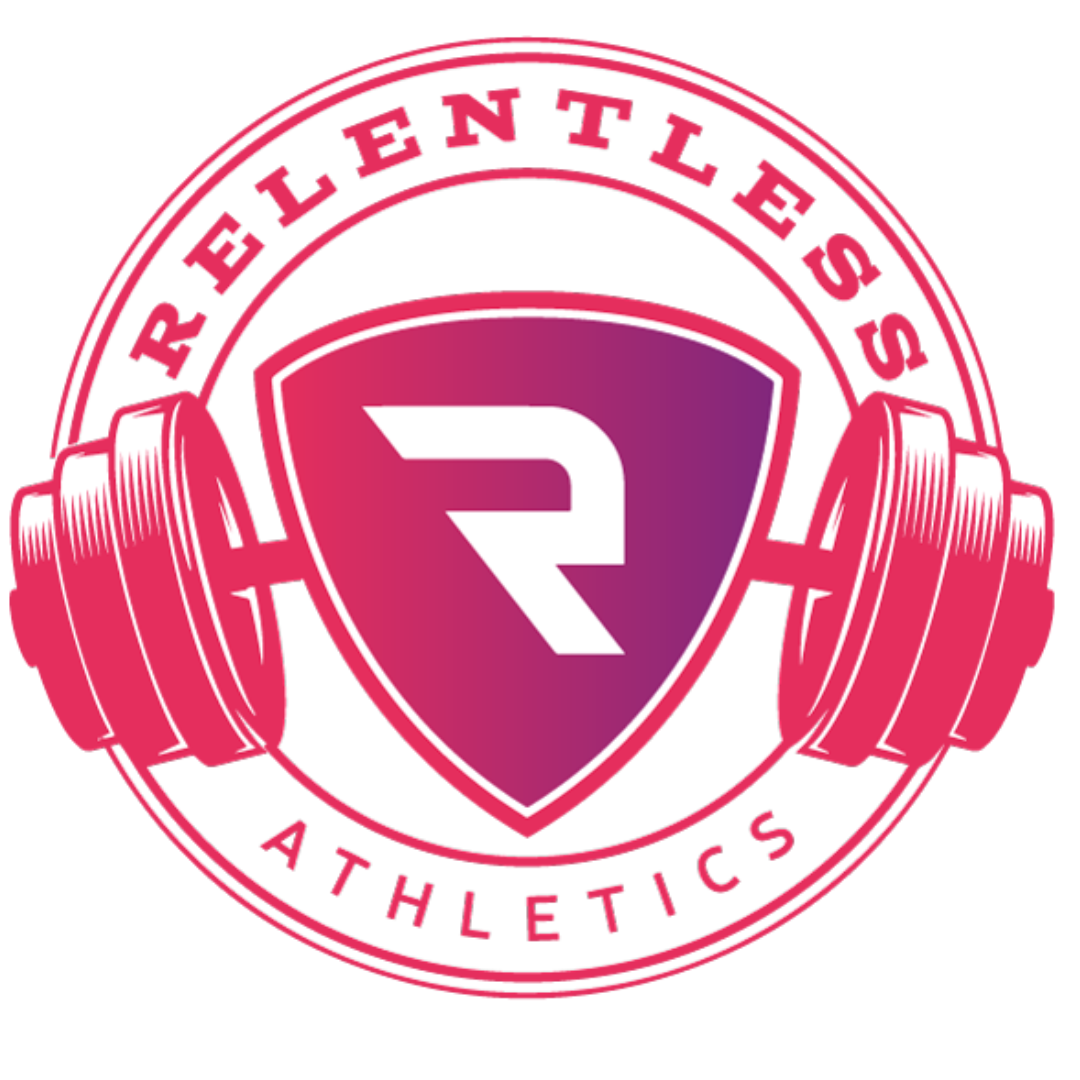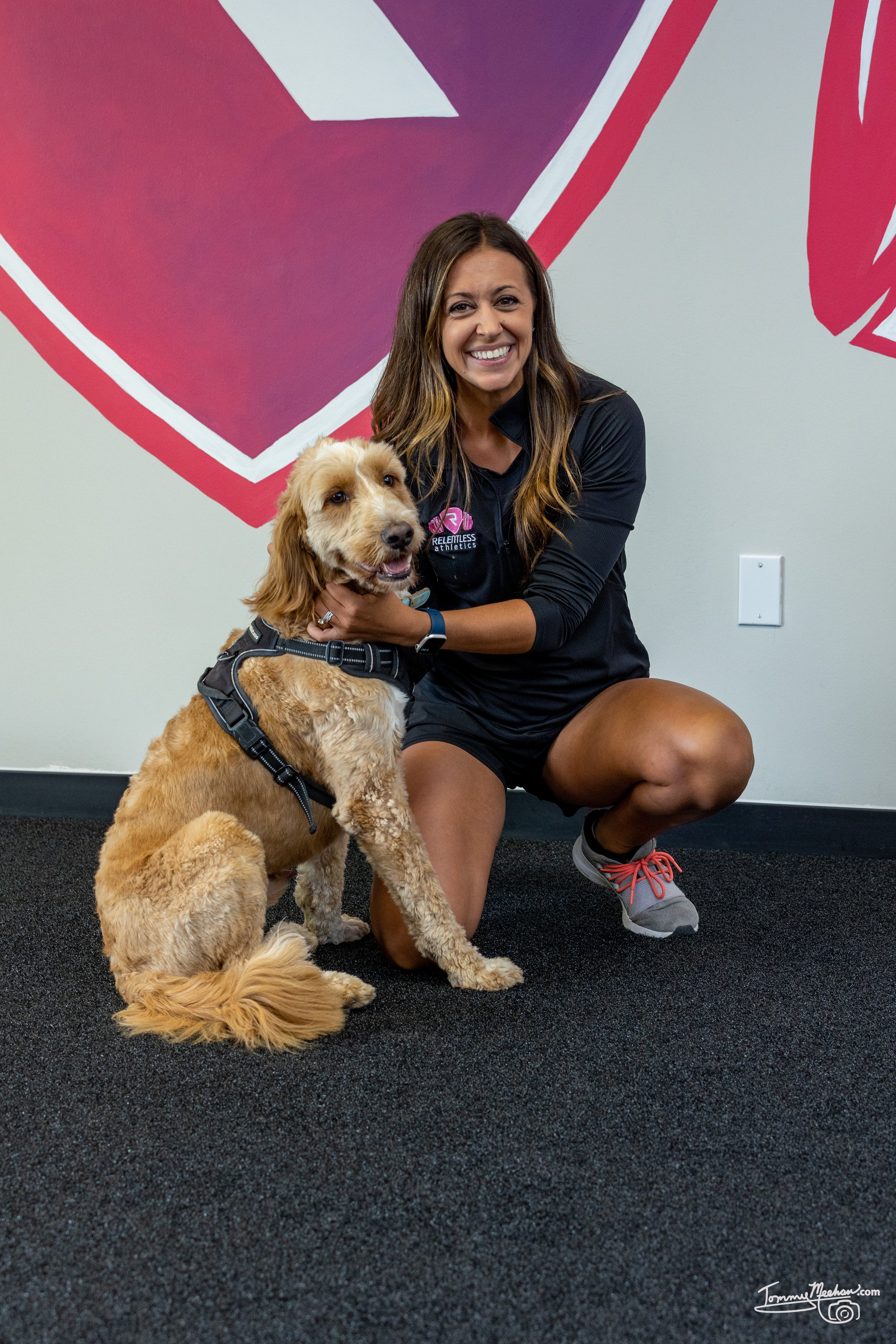Empowering Your Daughter Through Strength Training: A Guide for Parents
By Emily Neff (Pappas), Ph.D. student
As a parent, you want the best for your daughter, especially when it comes to her health, well-being, and success in sports.
However, adolescent female athletes are at risk of overuse injuries when their sports activities surpass their preparatory strength and conditioning level.
Fortunately, research has shown that introducing strength training can significantly reduce the risk of injuries and improve sports performance in young female athletes.
This post aims to give parents valuable insights into the importance of strength training for their daughters, debunk misconceptions, and empower them to support their daughters' training journey.
Recognizing the Gender Disparity in Strength Training
Studies have highlighted a significant gender disparity in the prioritization of strength training for young athletes.
For instance, a study by Reynolds et al. (2012) revealed that coaches of male athletes are more likely to require strength training year-round (50%). Meanwhile, only 17% of coaches of female athletes mandated the same.
Furthermore, coaches of male athletes were more likely to prescribe strength training for three or more days per week than coaches of female athletes (Poiss et al., 2004).
These statistics demonstrate a clear disparity in the prioritization of strength training between the sexes, with female athletes often receiving less emphasis on this crucial aspect of their development.
This discrepancy underscores the need for parents to understand the benefits of strength training and advocate for their daughters' access to proper training programs.
Debunking Misconceptions and Addressing Concerns
Parents may encounter various misconceptions surrounding strength training for young female athletes.
Some coaches and parents believe that “female athletes achieve high levels of sport participation solely through playing the sport itself,” undervaluing the importance of strength training.
Other coaches suggested that most “female athletes did not have a strong enough skill base to warrant serious strength training.”
These beliefs underscored a lack of understanding and undervaluation of the importance of strength training for female athletes, despite evidence of its efficacy in injury prevention and performance improvement.
Additionally, concerns about muscle growth and the fear of appearing “too bulky” may discourage some parents from encouraging their daughters to engage in strength training.
In the Shurley, Ednie, & Rudebeck (2020) study, one coach explains that most girls do not “need to show big muscles; they need to prevent injuries while getting stronger and toning the muscles” (p. 1900).
As such, many coaches suggest lowering intensities and increasing volumes to defer bulking fears.
However, research has consistently shown that strength training at higher intensities and lower volumes can enhance performance, reduce the risk of injuries, and improve overall health without causing excessive muscle growth in females (Lesinski et al., 2015; McQuilliam et al., 2020).
The Influence of Societal Factors and Gender Context
It is important to recognize that societal influences and the gender context can shape both parents' and athletes' perspectives on strength training.
Research by Shurley, Ednie, and Rudebeck (2020) highlighted that male coaches are more prevalent in the coaching industry, and their opinions may influence training requirements and program design for female athletes.
For instance, the survey-based study revealed that male coaches were more prevalent, and a greater proportion of female athletes who were not required to strength train had male coaches (Shurley, Ednie, & Rudebeck, 2020).
This finding suggests that male coaches' opinions and perceptions about strength training for female athletes may influence the training requirements and program design.
Additionally, the perception of the weight room as a masculine and intimidating environment can create barriers for young female athletes.
Parents play a vital role in challenging these beliefs and creating a supportive environment that encourages their daughters' participation in strength training.
A study by Shurley et al. (2020) underscored the value of exposing female athletes to female coaches to help create a less intimidating environment and exposing them to this environment early in training.
The Benefits of Early Exposure and Specific Training Methods
Studies have demonstrated the advantages of early exposure to strength training for young athletes.
McQuilliam et al. (2022) found that initiating strength and conditioning training before the peak height velocity, which occurs earlier in girls than in boys, can enhance strength and power development and reduce their risk of injuries.
This means girls should be exposed to strength training BEFORE boys.
The study also highlighted disparities in training methods, such as fewer in-season strength and conditioning sessions compared to boys and less frequent use of weightlifting movements and free weights for female athletes.
This results in less technical development and a decrease in high-intensity loading. This can drastically impact the development and effectiveness of injury risk reduction training for females.
In fact, in a recent National Strength and Conditioning Association Position Statement, Comfort et al. (2023) report that the utilization of weightlifting exercises in strength and conditioning programs results in much greater improvements in force production compared to programs that utilize solely resistance training or plyometric training.
This means weightlifting can help your daughter jump HIGHER and sprint faster than traditional resistance or plyometric training alone.
Additionally, in a review, McQuilliam et al. (2020) report that when youth athletes are exposed to high-intensity resistance training (≥ 80% 1RM) for > 12 months, significant increases in both strength and power measures such as vertical jump and sprint performance are apparent.
However, as McQuilliam et al. (2022) state, coaches of female athletes are less likely to use free weights than males,
This means the ability to reach such high-intensity thresholds with female athletes in training is drastically reduced.
Parents can advocate for equal opportunities and access to proper training methods to ensure their daughters receive the full benefits of strength training.
Empowering Your Daughter's Journey
As a parent, you have the power to empower and support your daughter in her athletic pursuits.
By recognizing the importance of strength training, you can significantly shape her training experiences.
Encourage open discussions with coaches and strength and conditioning professionals to ensure that proper strength training programs are implemented for your daughter.
Educate yourself about the benefits and safety of strength training for female athletes, challenging any misconceptions you may encounter.
Finally, create an inclusive and supportive environment that encourages your daughter to embrace strength training to enhance her performance, prevent injuries, and promote lifelong health.
Conclusion
By understanding the importance of strength training and advocating for your daughter's access to proper training programs, you can help her reach her full potential as an athlete.
Debunking misconceptions, challenging societal influences, and creating a supportive environment are key steps in empowering your daughter's strength training journey.
By investing in her physical development and well-being, you are setting her up for success both on and off the field.
Embrace the power of strength training and witness the transformative impact it can have on your daughter's athletic performance and overall confidence.
References
Lesinski, M., Prieske, O., & Granacher, U. (2016). Effects and dose–response relationships of resistance training on physical performance in youth athletes: A systematic review and meta-analysis. British Journal of Sports Medicine, 50(13), 781–795. https://doi.org/10.1136/bjsports-2015-095497
McQuilliam, S. J., Clark, D. R., Erskine, R. M., & Brownlee, T. E. (2020). Free-weight resistance training in youth athletes: A narrative review. Sports Medicine, 50(9), 1567–1580. https://doi.org/10.1007/s40279-020-01307-7
McQuilliamm, S., Clark, D., Erskine, R., Brownlee, T. (2022): Mind the gap! A survey comparing current strength training methods used in men’s versus women’s first team and academy soccer, Science and Medicine in Football, https://doi.org/10.1080/24733938.2022.2070267
Poiss, C. C., Sullivan, P. A., Paup, D. C., & Westerman, B. J. (2004) Perceived importance of weight training to selected NCAA Division III men and women student-athletes. Journal of Strength and Conditioning Research, 18(1), 108-114. https://doi.org/10.1519/00124278-200402000-00016
Reynolds, M. L., Ransdell, L. B., Lucas, S. M., Petlichkoff, L. M., & Gao, Y. (2012). An examination of current practices and gender differences in strength and conditioning in a sample of varsity high school athletic programs. Journal of Strength and Conditioning Research, 26(1), 174–183.https://doi.org/10.1519/JSC.0b013e31821852b7
Shurley, J. P., Ednie, A. J., & Rudebeck, T. J. (2020). Strength and conditioning practices of head coaches of male and female interscholastic sport teams. Journal of Strength and Conditioning Research, 34(7), 1894–1902.https://doi.org/10.1519/JSC.0000000000003624
Shurley, J., Felkar, V., Greviskes, L., & Todd, J. (2020). Historical and social considerations of strength training for female athletes. Strength & Conditioning Journal, 42(4), 22–35.https://doi.org/10.1519/SSC.0000000000000478
ABOUT THE AUTHOR
In 2015 Emily opened Relentless Athletics to build a community for female athletes while educating their parents and coaches on the necessity of strength training and sports nutrition to optimize sports performance and reduce injury risks in the female athlete population.
Emily holds a M.S. in Exercise Physiology from Temple University and a B.S. in Biological Sciences from Drexel University. She is currently pursuing her Ph.D. at Concordia University St. Paul with a research focus on female athletes & the relationship between strength training frequency, ACL injury rates, and menstrual cycle irregularities (RED-s). Through this education, Emily values her ability to coach athletes and develop strength coaches with a perspective that is grounded in biochemistry and human physiology.
In 2020, Emily was an Adjunct at Temple University, instructing her own course on the current research behind female athlete development. Additionally, Emily has worked as a consultant in developing health education curriculums at the high school level.
Emily is passionate about developing young female athletes from middle school to college, assisting in ACL-R rehab, and developing more female strength coaches within the Relentless family while working on her Ph.D.
When she isn’t on the coaching floor or working in her office, she is at home with her husband Jarrod and their daughter Maya Rose, and, of course, their dog Milo (who has become the mascot of Relentless)!!



















